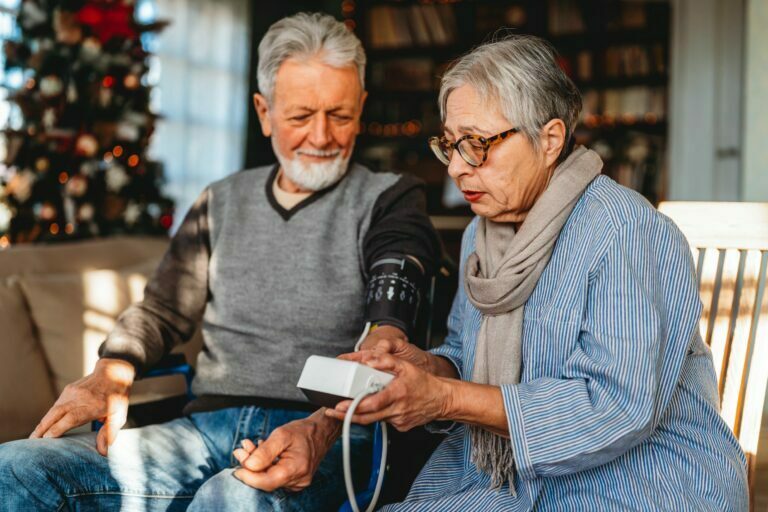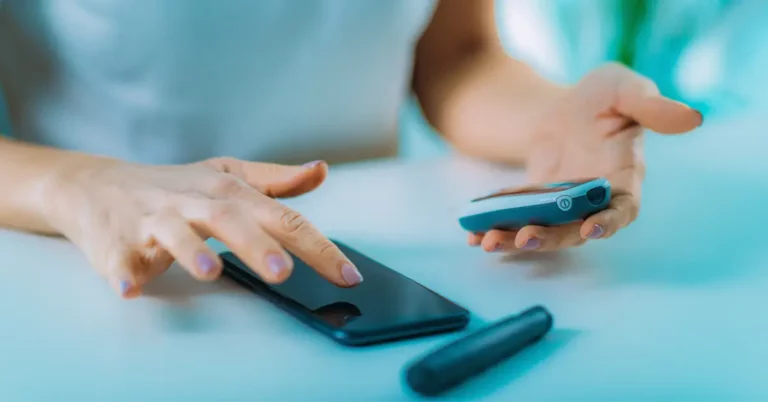Remote Patient Monitoring (RPM) involves the collection of patient health data such as blood pressure, blood sugar, oxygen levels, or weight through FDA-approved medical devices that transmit information electronically to providers. Clinicians review and interpret the transmitted data to guide clinical decision-making and support patient care.
In 2025, RPM includes both:
- Remote Physiological Monitoring (RPM): Tracks measurable clinical data like blood pressure or oxygen saturation.
- Remote Therapeutic Monitoring (RTM): Captures self-reported treatment adherence, response, or symptoms for musculoskeletal and respiratory conditions.
Medicare Coverage and 2025 Updates
According to the April 2025 Medicare Learning Network (MLN901705) guidance:
- Telehealth and RPM flexibilities have been extended through September 30, 2025.
- Audio-only telehealth is still allowed in certain situations.
- FQHCs and RHCs can continue billing for non-behavioral telehealth and RPM services through December 31, 2025.
- HCPCS code G0322 specifically addresses remote patient monitoring in the home health setting.
Remote Patient Monitoring CPT Codes (2025)
Here are the current RPM CPT codes you could use for billing in 2025:
| CPT/HCPCS Code | Description | Requirements | Audio-Only Allowed |
|---|---|---|---|
| 99091 | Collection & interpretation of physiologic data | 30 minutes per month | No |
| 99453 | Initial setup & patient education on device use | One-time per patient | No |
| 99454 | Supply of device & transmission of data | 16+ days of monitoring in 30-day period | No |
| 99457 | First 20 minutes of patient-provider communication for RPM data review | Monthly | Yes |
| 99458 | Additional 20 minutes of communication beyond 99457 | Monthly | Yes |
| 98975 | RTM device setup & patient education | One-time per patient | No |
| 98976 | RTM respiratory monitoring (16+ days/30 days) | Monthly | No |
| 98977 | RTM musculoskeletal monitoring (16+ days/30 days) | Monthly | No |
| 98980 | RTM treatment management (first 20 minutes) | Monthly | Yes |
| 98981 | RTM additional 20 minutes beyond 98980 | Monthly | Yes |
Documentation and Billing Requirements
When billing remote patient monitoring CPT codes, providers must:
- Collect and transmit patient data electronically using FDA-approved devices.
- Ensure at least 16 days of data in a 30-day period (except management codes like 99457, 99458, 98980, 98981).
- Obtain patient consent (can be verbal, documented in the medical record).
- Bill only one provider per patient per 30-day cycle.
- Maintain thorough documentation in the medical record, including how RPM supports the care plan.
Why RPM CPT Codes Matter for Providers
Across diverse practice settings nationwide, RPM CPT codes support compliance with CMS guidelines while also offering an important pathway for sustainable reimbursement when clinically appropriate.
- Improved Outcomes: Evidence shows RPM can support better management of chronic conditions such as hypertension and diabetes, through more frequent monitoring and timely interventions.
- Reimbursement Growth: Reimbursement Growth: Utilization of RPM codes such as 99453, 99454, 99457, and 99458 has increased significantly in recent years, reflecting Medicare’s recognition of the value of remote monitoring.
How States Benefit from RPM
- California & Texas: RPM use has increased in primary care and cardiology, where it is applied to manage chronic conditions such as hypertension and heart failure.
- New York: FQHCs and RHCs use RPM CPT codes to expand care in underserved communities.
- Florida: RPM is increasingly used in chronic care management for seniors in retirement communities.
- Illinois & Georgia: Medicaid programs are aligning with Medicare’s RPM reimbursement policies.
How DrKumo Supports Remote Patient Monitoring and CPT Code Compliance
DrKumo is a leader in secure, intelligent digital health solutions for chronic care and remote patient monitoring, trusted by the U.S. Department of Veterans Affairs under a $1.032 billion national contract. Its platform integrates FDA-approved devices like blood pressure monitors, glucometers, and pulse oximeters with a HIPAA-compliant provider console that organizes real-time patient data, generates billing reports, and supports compliance with RPM CPT codes 99453, 99454, 99457, and 99458.
Built on federal-level cybersecurity standards (VA Directive 6500, FIPS 140-3, and HIPAA), DrKumo combines device connectivity with AI/ML-powered analytics and structured Disease Management Protocols. This helps providers implement RPM programs efficiently, document care for reimbursement, and enhance patient engagement and monitoring.
Takeaways
With RPM codes firmly established in Medicare and more states gradually adopting Medicaid coverage, providers should remain attentive to evolving policies and reimbursement requirements in 2025. By correctly billing codes like 99453, 99454, 99457, and 99458, practices can improve patient outcomes while securing consistent reimbursement.
Across practice types, from solo practitioners to large health systems, understanding and applying these codes correctly is essential for integrating RPM into patient-centered care.
Ready to simplify Remote Patient Monitoring and stay compliant with CPT codes? Contact DrKumo to see how our secure, AI-driven RPM solutions can support your practice.
Disclaimer: This article is for informational purposes only and does not constitute medical, legal, or billing advice. Always consult official CMS guidance and your compliance team before making coding or reimbursement decisions.








